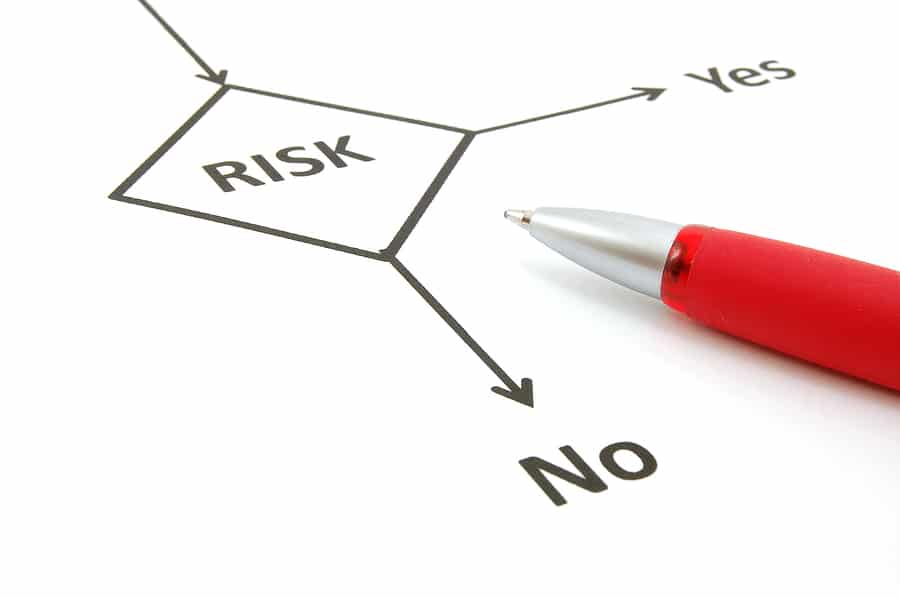What is a Risk Assessment for IT Assets?

Standards and compliance issues can cause a lot of concern for businesses, which is why a risk assessment is great preparation for planning ahead and being proactive. In our industry, there have been many lively discussions about ISO 27001 lately; that’s the international gold standard for IT security, a blueprint for organizations to implement risk analyses at any scale.
At SEAM, every step of our ITAD process is documented and audited, so you know the strictest security standards are being upheld.
Preparing for Compliance
Risk assessments identify vulnerabilities. In reality, threats and compliance documentation are intertwined. Although we will be describing the seven steps of risk assessment, the steps of preparing for compliance are connected.
The seven steps are:
- Collection
- Packing
- Transportation
- Data shredding
- Equipment recycling
- Resale
- Reporting
Next, let’s take a look at the ways that we can assess risk.
How to Assess Risk
Accurately assessing risk is crucial. So how do you do it properly?
Step 1: Inventory Your Assets
The first step is to conduct a thorough inventory of your IT data assets. Your IT assets include any information that contributes to your operations and profitability. Everything from paper and computer tablets to people are included; so are electronic documents, applications, servers, telephones, and infrastructure.
Step 2: Interview Your Asset Owners
The second step is to identify your information asset owners for the best intel on weaknesses with respect to security and risk. Some companies use questionnaires to gather this data from their employees.
Step 3: Identify Core Vulnerabilities
Three core vulnerabilities for risk assessment are confidentiality, integrity, and availability. Confidentiality is about ascertaining the IT data, processes, and assets that must remain private. Integrity is about the quality of the information, while availability is about how readily it can be accessed.
Step 4: Interview Your Risk Owners
The fourth step is to identify and interview your risk owners, who are not necessarily the asset owners. Open and honest communication is critical to the risk assessment process, and it begins with a deep dive into data from within your organization.
Step 5: Analyze Risks and Assess Impact
Collaboration and training will lead to better methodologies, better data, and better overall risk assessments. An analysis is only as good as the data that drives it.
Step: 6: Determine Risk Levels
Risk assessment involves an inquiry into three basic variables:
- The importance of the assets under consideration
- How critical the threat is
- System vulnerability
Risk is sometimes defined as “money lost.” Using the formula, risk is equal to the product of these three factors.
Step 7: Prioritize Response Strategies
Among the response strategies you must consider are mitigation, transfer, avoidance, and acceptance. Each company must decide for itself how to treat risk for its own unique circumstances, using treatments that properly balance these considerations.
Contact Us for More Info!
Stay in compliance. Take the SEAM Risk Assessment now. Our team will review your current program and provide assessments about your current risk exposure in South Dakota and in the Sioux Falls, North Dakota area. Let us help you remove, move, and dispose of your used electronic assets.
SEAM provides IT recycling and data destruction services including onsite shredding and hard drive wiping to South Dakota, North Dakota, Minnesota, Iowa, and Nebraska.
Schedule a pickup or contact us for more information.





